
UDK: 617.586-007.58-08
A.L. Zhulikov, I.A. Suchilin, A.S. Harjutin, M.H. Omarova, V.R. Tarasenk , Z.H. Omarova
ФГБОУ ВО «Волгоградский государственный медицинский университет» Министерства здравоохранения Российской Федерации, кафедра травматологии, ортопедии и ВПХ с курсом травматологии и ортопедии ФУВ
The article explored the problem of static foot deformities. Static foot deformities (platypodia) bring about kinetic chain abnormalities, which result in chronic muscle overuse. Formthotics orthoses can be employed for functional correction of feet to restore impaired muscle patterns. The study involved 60 patients with combined transverse and longitudinal platypodia (23 males and 37 females) aged from 21 to 45 years. 20 patients (33,3 %) had platypodia 1st degree, 19 patients (31,7 %) – of the 2nd degree, 21 patient (35 %) – of the 3rd degree. To assess the condition of patients in the treatment period of 0,5 years or more, we used Foot and Ankle Outcome Score (FAOS) and Foot Health Status Questionnaire (FHSQ), designed to evaluate the quality of life in patients with a wide range of foot pathologies. The treatment outcomes included health gains reported by 42 patients (70 %) (relieved or controlled pain, reduced fatigue or tired feet syndrome on exertion). No significant positive changes were observed in 5 patients (8,4 %) after the treatment. 13 patients (21,6 %) did not adhere to the treatment. The obtained results have demonstrated that the functional correction of feet is of great importance for restoring the normal biomechanics of the locomotor apparatus.
foot, static deformations, flat-footedness, functional correction.
Жуликов Александр Львович – к. м. н., доцент кафедры травматологии, ортопедии и ВПХ, Волгоградский государственный медицинский университет, e-mail: julikov60@mail.ru